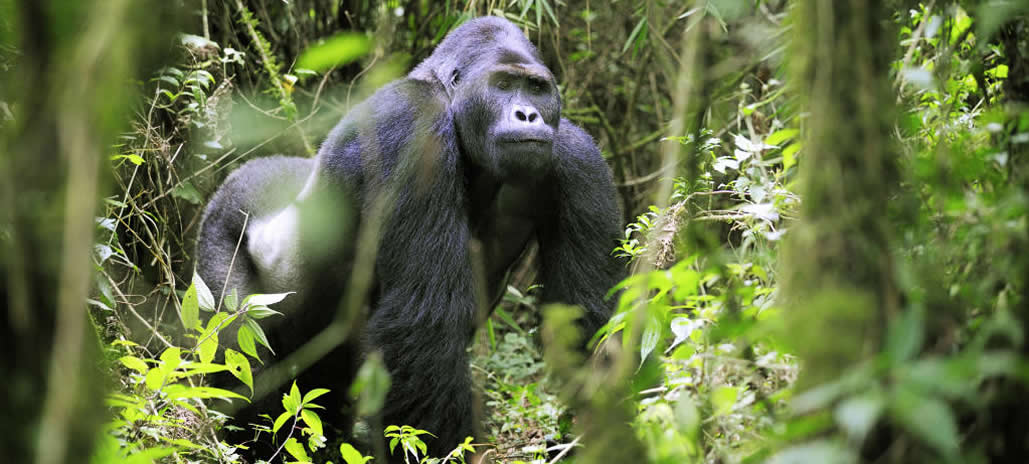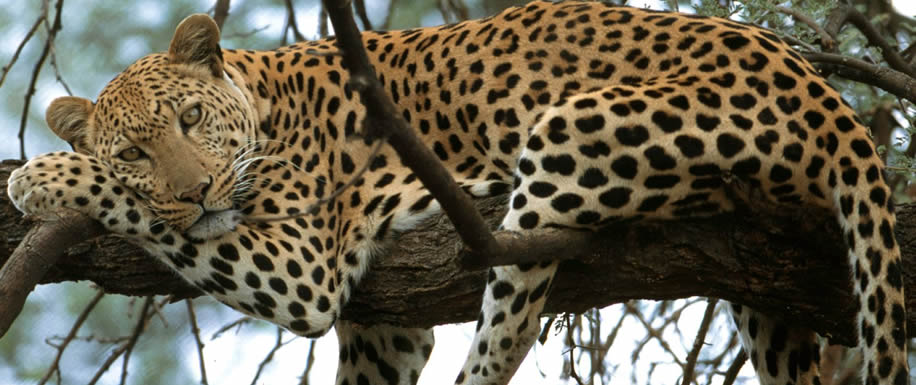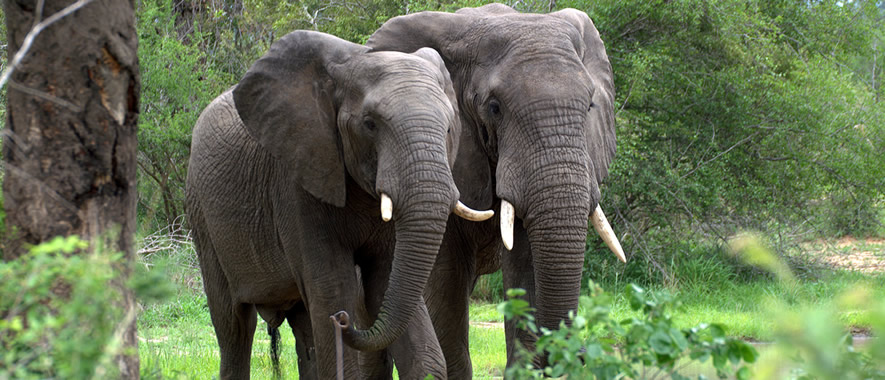Need Information About Ituri Forest in Congo?
Guide to ituri forest congo featuring useful info on culture, National Parks in Congo, when to visit congo,Okapi watching in Ituri, Communities in Ituri,Cultural Safaris, how to get there,reliable tour operators. Find the complete information guide to guide you during the visit to Ituri Forest , Birding in Congo .
In the northeast of DR Congo, in the province of Oriëntale, lies Ituriforest. In this large, dense, mountainous rainforest with canopies of up to 40 meters and a surface area of twice the size of the other destination forests , a small number of pygmies carry on their traditional way of live with livestock produced by the forest. But for how much longer? The forest is no longer the habitat of only the Efe Pygmies and their traditional forest neighbours, such as Lese, Ndaaka, Mbo, Karo, etc.
The Ituri Rain forest is a rain forest located in the Ituri Province of northeastern Democratic Republic of the Congo formerly called Zaire. The forest’s name derives from the nearby Ituri River which flows through the rain forest, connecting firstly to the Aruwimi River and finally into the Congo.
The Ituri Rainforest is a rainforest located in the Ituri Province of northeastern Democratic Republic of the Congo formerly called Zaire. The forest’s name derives from the nearby Ituri River which flows through the rainforest, connecting firstly to the Aruwimi River and finally into the Congo.
About one-fifth of the rainforest is made up of the Okapi Wildlife Reserve, a World Heritage Site. It is also the home of the Mbuti pygmies, one of the hunter-gatherer peoples living in equatorial rainforests characterised by their short height.
The Ituri Forest is possibly the largest moist forest remaining in Africa, and is exceptionally valuable for its populations of large mammals. It is a dense tropical rain forest in the northern part of the Congo River Basin in the Democratic Republic of Congo. The geographic boundaries of the Ituri Forest are difficult to define as the forest blends in with other forests and swamp regions. The Ituri borders savanna to the north, the Western Rift Valley to the east, and lowland rain forest to the south and west. The name Ituri Forest derives from the Ituri River, which runs from east to west across the forest, flowing into the Aruwimi River before emptying into the Congo River.
Due to the large number of trees growing throughout the forest, the forest floor is a vast network of entangled roots which in some cases makes it impossible to pass through sections of the forest on foot. In many areas, the high canopy is so dense that only small amounts of sunlight peek through the trees and reach the forest floor. Due to the lack of light, the lower levels of the forest have very little vegetation growing, if any at all. Where gaps in the canopy are large enough to allow sunlight to penetrate, large herbaceous plants with long leaves grow in dense groupings. The forest attracts many types of wildlife which feed off the large amounts of fruits and nuts that have fallen to the ground.
The Ituri Forest has many streams and rivers that flow from east to west through the forest. The Ituri River is accompanied by several other rivers such as the Nepoko to the north, the Epulu and Nduye in the central part and the Ibina to the south. The majority of the rivers are not navigable for more than several miles at a time because of the varying density of vegetation.
Each year over 75 inches (1,900 mm) of rain falls in the forest and contributes to the streams flowing through the forest. The Ituri Forest goes through a dry season in the period December-February, when there is less than 7 inches of rainfall. The heaviest rains occur in October and early November. It is during these months that streams will flood, making it almost impossible to travel long distances in the forest itself.
Most of the vegetation still consists of enormous trees which have been growing for hundreds of years in the Ituri Forest. The hardwood legume is the most dominant species still to be found in the forest and reaches at least 150 feet above the forest floor. There are three sub-species classified under the hardwired legume.
Experienced
Easy To Use
Variations
About Us
News Update
 07
07 Jan
 15
15 Mar










